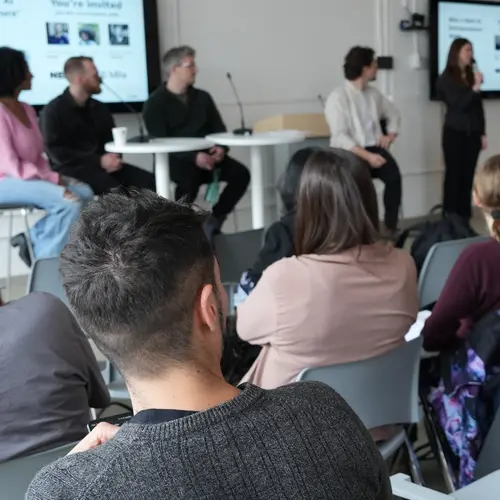
Golnoosh Farnadi
Biography
Golnoosh Farnadi is an assistant professor at the School of Computer Science, McGill University, and an adjunct professor at Université de Montréal. She is a core academic member of Mila – Quebec Artificial Intelligence Institute and holds a Canada CIFAR AI Chair.
Farnadi founded and is a principal investigator of the EQUAL lab at Mila / McGill University. The EQUAL lab (EQuity & EQuality Using AI and Learning algorithms) is a cutting-edge research laboratory dedicated to advancing the fields of algorithmic fairness and responsible AI.



